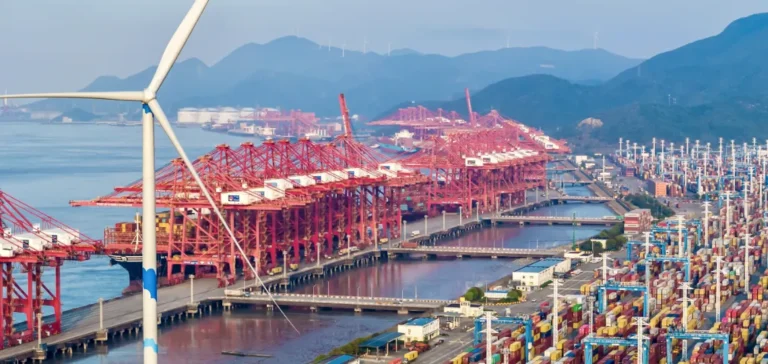In a global context marked by record energy demand, geopolitical disruptions, and increasing climate-related risks, advanced economies still dominate the global energy transition ranking, but China and the United States demonstrate notable progress in 2025, according to the latest World Economic Forum report titled Fostering Effective Energy Transition 2025.
Stable leadership but new challenges
Nordic countries continue to hold top positions thanks to their robust infrastructure, diversified energy mix, and long-term regulatory stability. Sweden, Finland, and Denmark retain the top three positions in the global ranking, followed by Norway and Switzerland.
However, despite their favorable positions, these countries face increasing challenges related to grid congestion, high energy prices, and delays in infrastructure projects, threatening the sustainability of their achievements.
Significant advances in major economies
China, now ranked 12th globally, has reached a historic high in readiness for the energy transition. The country has recorded a significant 2.2% increase in its overall score, driven by massive investments in renewable energies and continuous improvement of its regulatory framework. In particular, China holds the world’s largest installed renewable energy capacity and accounts for nearly 40% of global clean energy investment.
The United States, meanwhile, is making notable progress mainly in energy security, thanks to a diversified energy mix and robust infrastructure. Its performance is also boosted by continued reductions in energy intensity and growth in low-carbon sector employment, according to the report.
Regional inequalities and economic tensions
The report also highlights the significant inequality between emerging regions and advanced economies. Despite the overall increase in global clean energy investments surpassing $2 trillion in 2024, emerging markets, notably excluding China, still receive less than 15% of the global total, exacerbating an annual investment deficit estimated at $2.2 trillion.
This situation is particularly critical in sub-Saharan Africa, where the lack of infrastructure and investments significantly hinders progress towards an effective energy transition, the report emphasizes.
Strategic priorities for a sustainable energy future
Facing these challenges, the report highlights five essential strategic priorities: adopting adaptive policy frameworks, modernizing energy infrastructure, investing in talent and skills, accelerating the commercialization of clean technologies, and strengthening capital investment in developing economies.
These measures aim to align global energy ambitions with concrete actions, ensuring that progress made is sustainable and resilient to future disruptions.






















